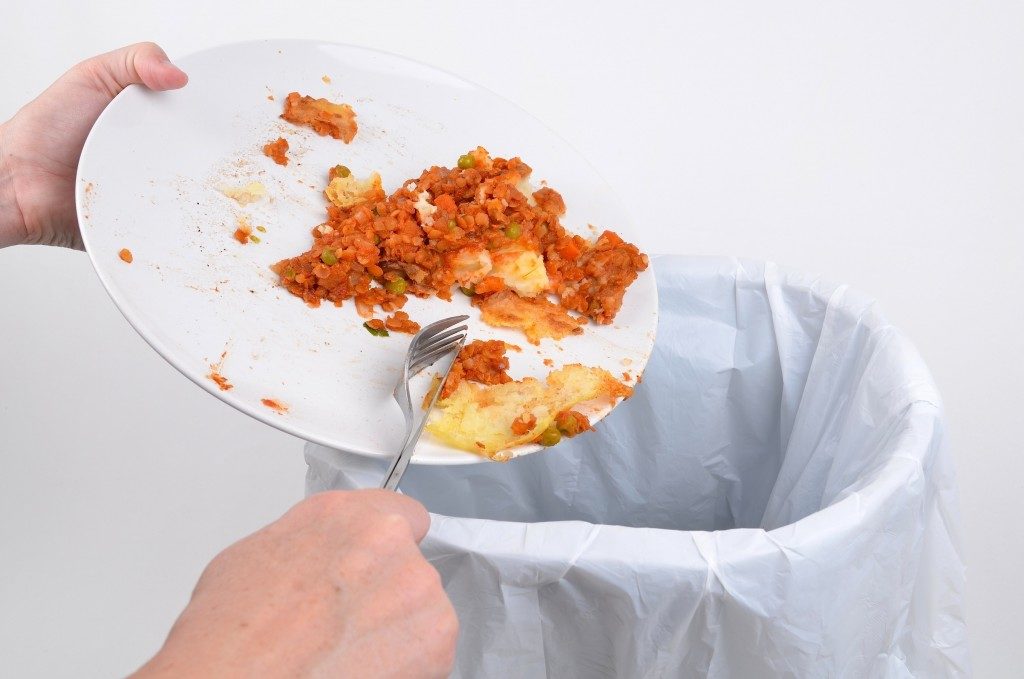Did you know that in a world of 7 billion people, there are at least 925 million starving stomachs? Yet, we are losing 1.3 billion tonnes of food every year due to wastage, an amount enough to feed almost half of the global population.
In a high-income economy, you can attribute wastage to consumer behaviour, but in poorly performing economies, a wide range of technical and managerial challenges are to blame. The fact is that the world is grappling with worrying food loss and wastage levels. Whether at home or in an industrial setting, can you do anything to play a part in reversing this trend?
Impact of Food Wastage
At the home level, throwing a few chunks of meat may seem harmless, but you have to consider the food production processes to realise the seriousness of the matter. Most of the food items have spent many resources in terms of energy, water and land. The impact is directly proportional to the level of processing the food has undergone.
Normally, lower losses are associated with more efficient food supply and effective recycling by waste collection service providers. There is every reason for government at all levels to look into ways of reducing wastage to prevent the loss of economic value. Globally, the value of food wastage is at least US$1 trillion.
Spread the Word
It is unfortunate that most people do not realise the enormity of food wastage and its impact on the environment. That is why any strategy to counter the problem should start with raising awareness. People must know that food takes a lot of effort to produce and its rotting leads to the production of methane, a dangerous greenhouse gas.
Set Goals
One of the goals of the UN’s Sustainable Development Goals (SDGs) of 2015 was to reduce food wastage by 50% by 2030. The chain of actions is already bearing fruit in several segments of society. Regional blocs and member countries are following laid down food waste reduction targets, as are big multinationals in the food industry. This is something you should adopt wherever you are.

Measure the Problem
As you set benchmarks and targets, it is equally important to have a measure of the problem you are tackling. Whether in a company or locality, it is important to know the level of food wastage to get the necessary insights and data. Some standards of analysing food wastage already exist; take advantage of them.
Implement Strategic Actions
A lot of action is already taking place in places such as the United States, Europe and Japan. A sizeable percentage of the largest food companies in the world have working wastage reduction strategies. What are you waiting for? Collective efforts of everyone could help us achieve more. All that is needed is to put into action the steps set towards attaining specific goals. Some ways to accomplish this are campaigns, new technologies, policies and partnerships.
Conclusion
Only collaboration can help overcome the food wastage problem. Everyone must play their role regardless of their point in the food process chain. When benefits come in the form of a cleaner environment and a financially sound society, everyone will benefit.



